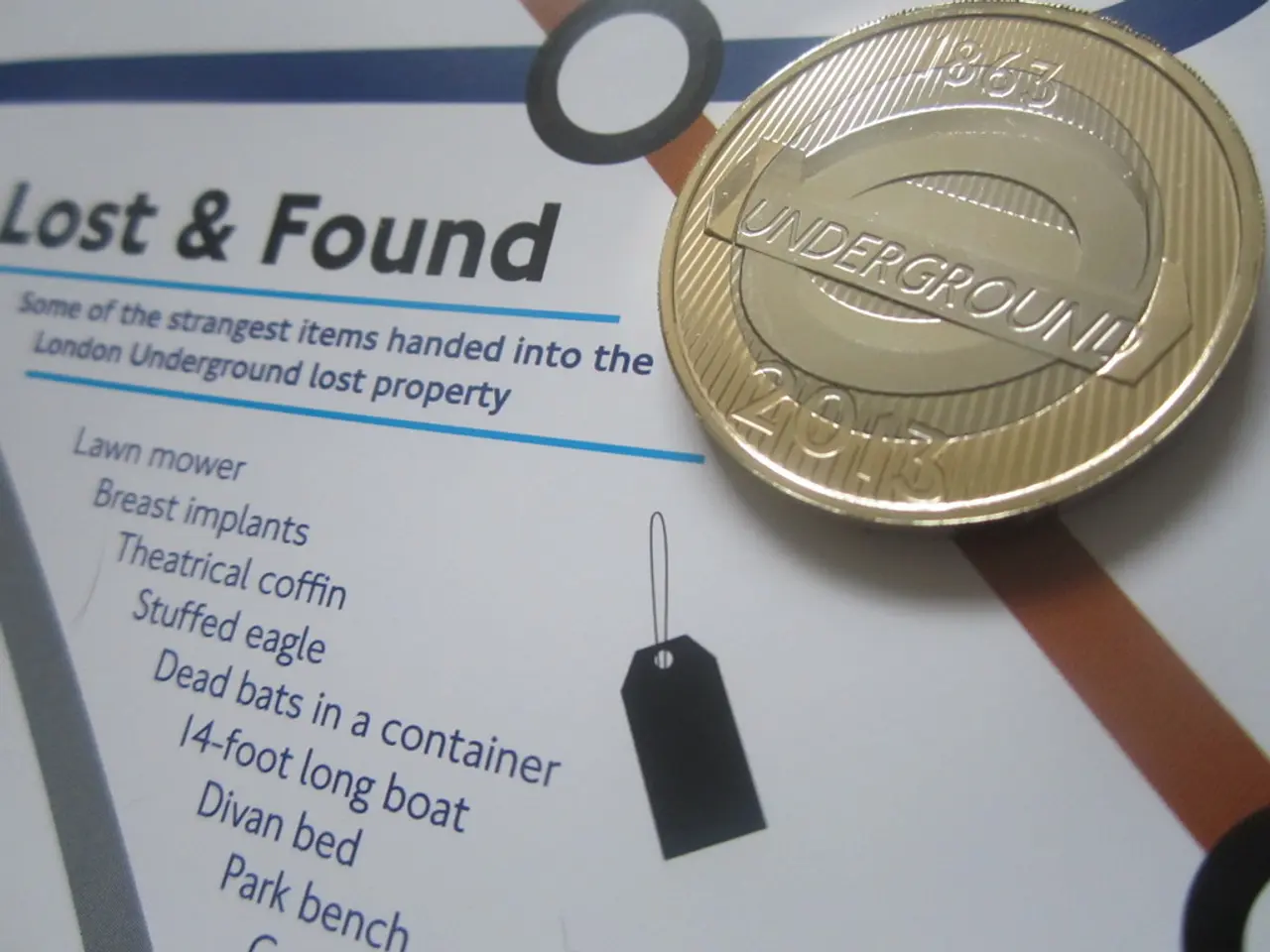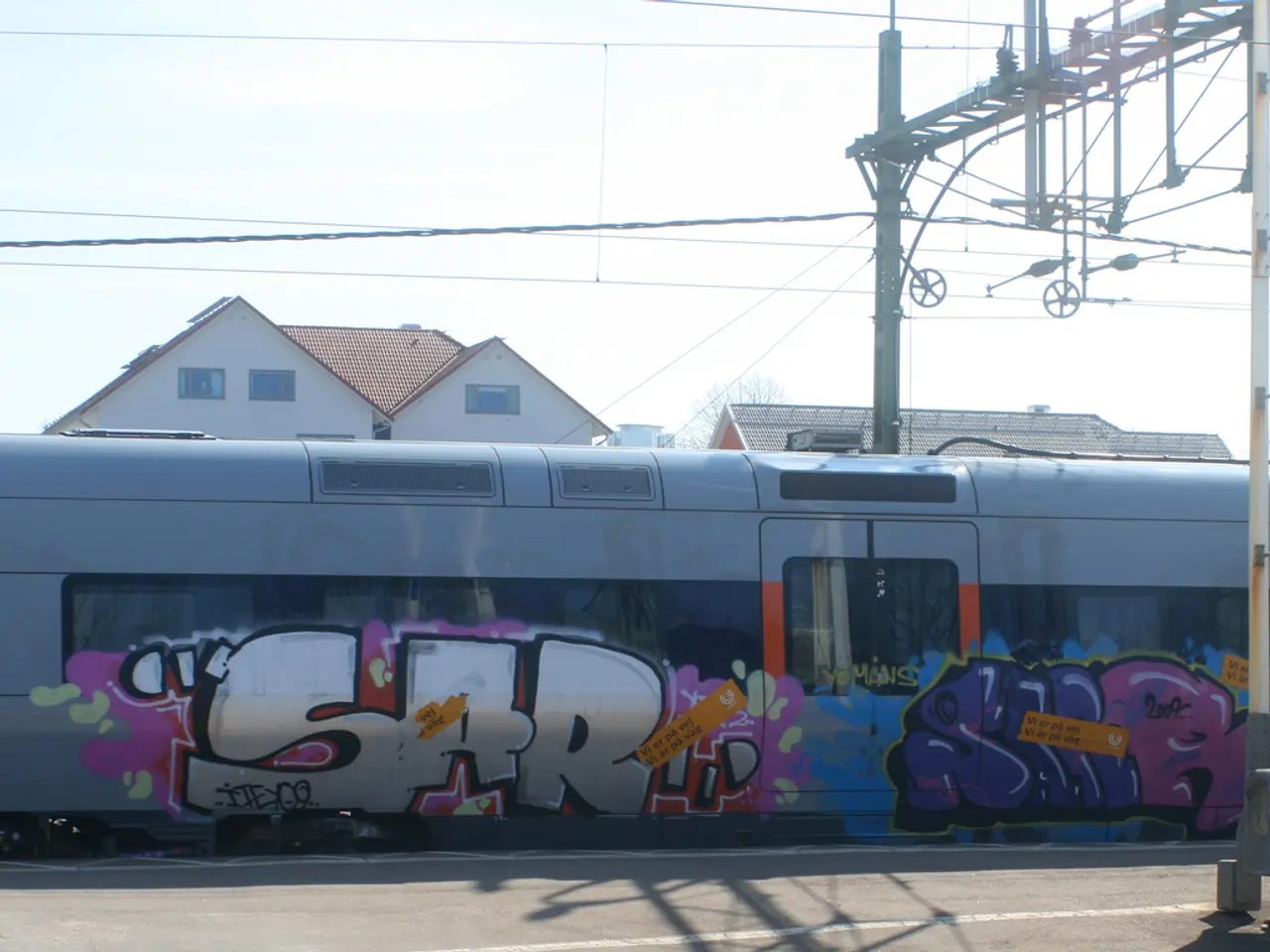Electrical High-Voltage Components and Safety Regulations
In the world of high-voltage printed circuit board (PCB) design, two critical safety parameters are paramount: clearance and creepage distances. These measures prevent electrical breakdown, arcing, and surface tracking between conductive parts, ensuring the safety and reliability of electronic devices.
Clearance, the shortest distance through the air between two conductive elements, and creepage, the shortest distance along the insulating surface between two conductive points, play a significant role in maintaining electrical insulation.
Typical values for clearance and creepage distances vary depending on the operating voltage and the PCB material's Comparative Tracking Index (CTI). For instance, at 500V, typical clearance might be around 2.5 mm, while creepage distances could be 3.2 mm or more, depending on material and pollution degree. For 1000V, clearance may need to be around 8 mm to prevent air breakdown.
The choice of PCB material significantly influences both creepage and clearance. Materials with a higher CTI allow for shorter creepage distances, with specialized laminates having CTI values greater than 400 reducing creepage requirements. Some materials, such as Bergquist HPL-03015, recommend minimum creepage distances of about 2.5 mm at 250V and above, especially near edges or mounting holes to avoid surface tracking.
Environmental factors also impact creepage and clearance requirements. Pollution degree, humidity, altitude, and contamination worsen insulation performance, necessitating larger creepage and clearance distances. Applying conformal coatings can lower pollution effects, potentially allowing shorter creepage distances. Physical features like slots or barriers on the PCB can effectively increase creepage distances by forcing current paths to lengthen, useful in compact layouts.
Standards and guidelines, such as IPC-2221 and IEC, provide voltage-based formulas and tabulated values for minimum clearance and creepage distances based on voltage, material CTI, and pollution degree. Clearance distances increase progressively with voltage, while both creepage and clearance must be met simultaneously to prevent failures such as flashover, conductive anodic filamentation (CAF), and arcing.
In summary, the design of high-voltage PCBs demands careful consideration of both clearance and creepage distances, which vary based on operating voltage, PCB material properties (CTI), and environmental factors such as pollution and humidity. Utilizing high-quality insulating materials, conformal coatings, and physical design features can optimize safety and reliability. It is essential to consult with PCB fabricators and assemblers regarding suitable materials and design alternatives to achieve a safe product.
It is also crucial to consider the creepage and clearance requirements for components placed on the PCB as well. High voltage circuit boards carry hazardous voltages, making it essential to ensure all components are appropriately insulated to prevent electrical accidents.
Technology plays a vital role in designing high-voltage printed circuit boards (PCBs), as it provides materials with higher Comparative Tracking Index (CTI) values, enabling shorter creepage distances and optimizing safety and reliability. Additionally, the choice of appropriate components, along with conformal coatings and physical design features, ensures all elements on the PCB are appropriately insulated to prevent electrical accidents, maintaining the overall safety and reliability of the technology being used.




